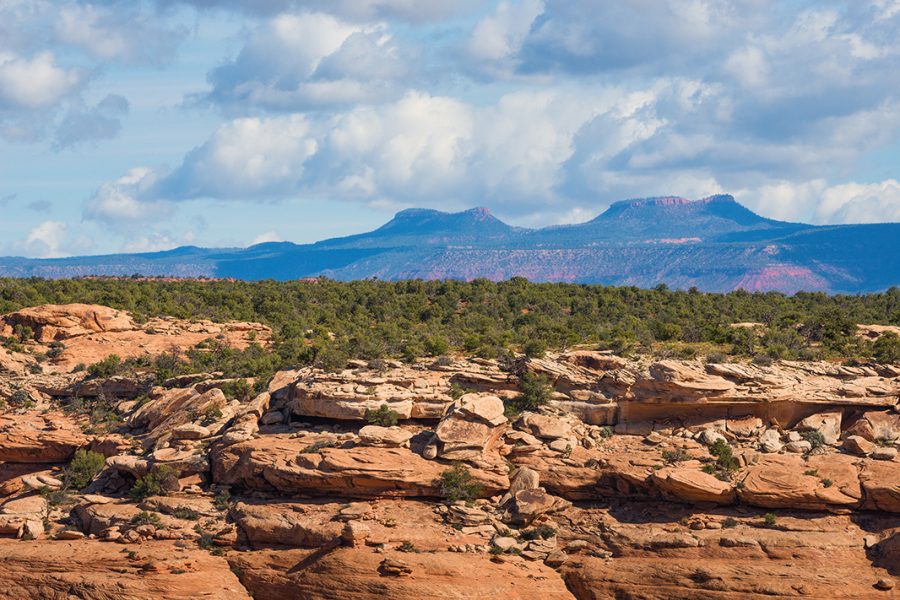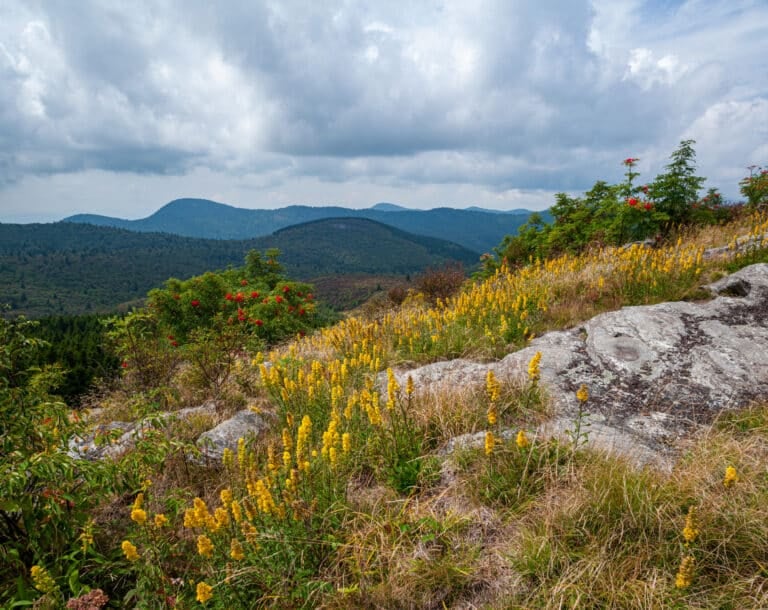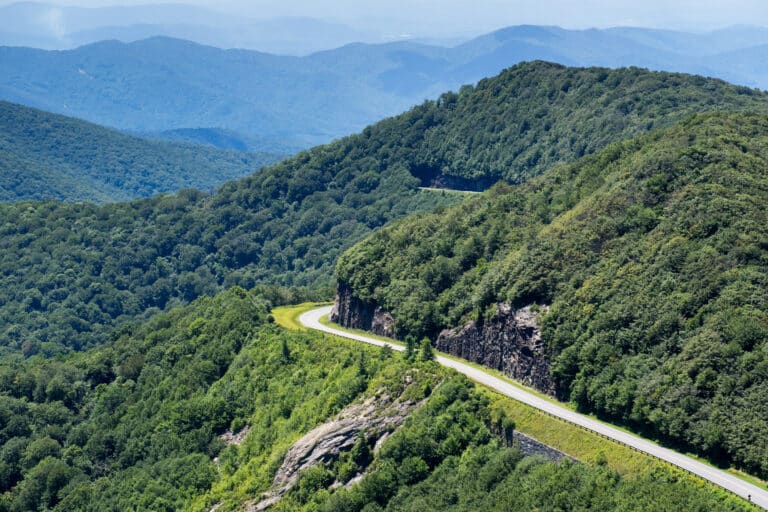Experiencing the vastness of the northern Grand Canyon, wrapping arms around giant sequoias, and marveling at archaeological mysteries are just a few of the experiences cherished by millions of people each year in U.S. National Monuments.
The designation of National Monuments is a long-standing tradition started by President Theodore Roosevelt in 1906 to preserve historic lands and put them under the protection of federal agencies such as the National Park Service and Bureau of Land Management. These lands are in the crosshairs of the current administration: Last month, President Trump signed an executive order to review the boundaries of 27 National Monuments to determine whether they are “consistent with the intent of the Antiquities Act.” The National Monuments under review consist of those created since 1996 by Presidents Clinton, George W. Bush, and Obama.
President Obama, during his eight years in office, created and expanded a total of 34 National Monuments—one of which is the first target to be reviewed. Bears Ears National Monument in Utah has become a flashpoint for the National Monument rollbacks. Some of Utah’s conservative leaders are pressuring President Trump to shrink or rescind the National Monument, while indigenous, outdoor, and conservation communities are advocating for the continued protection of public lands.
Bears Ears was designated on December 28, 2016, making it Utah’s newest National Monument. Bears Ears gets its name from twin buttes that stand tall, side by side, and can be seen from miles away with appearance of a bear’s ears. Just an hour northwest of the world renowned Four Corners Monument, Bears Ears spans 1.35 million acres of land for over 2,000 square miles of pure adventure and exploration shielded from the threats of mining, drilling, or any type of tampering. Obama’s designation of Bears Ears preserved 100,000 archaeological sites, thousands of Native American cultural sites, and the recreational treasures of Cedar Mesa, Grand Gulch, and Indian Creek.
If the historical and cultural significance wasn’t enough, Bears Ears is a recreational haven for outdoors enthusiasts. It is home to world class rock climbing, mountain biking, hiking, canyoneering, whitewater paddling, and skiing. It is the protection of glorious lands like these that allows us to hold onto our connection to the past and enjoy the outdoors without inflicting harm on wildlife, ecosystems, and the land they thrive on.
The future of Bears Ears will soon be determined as Secretary Zinke is required by the Executive Order to submit a recommendation on the monument’s future by June 10 and further, he will need to formally make a recommendation regarding the other 26 monuments under review by August 24.
Blue Ridge Outdoors signed on to the letter below drafted by The Conservation Alliance, a nationwide network of businesses and organizations who support the protection of public lands. We hope you will join us in urging your elected officials to support America’s national monuments:
May 25, 2017
Dear Secretary Zinke,
On behalf of 88 outdoor industry companies, thank you for the opportunity to comment on Monument Review, MS-1530. The Conservation Alliance is a group of more than 200 outdoor industry companies nationwide that manufacture and sell products for use in the outdoors. As engaged stakeholders that depend on the wild landscapes where our customers recreate, we strongly oppose any executive action that would reduce or rescind any National Monument under review.
The Bears Ears landscape is exactly the kind of place the Antiquities Act intended to protect. It is rich in cultural history and archaeological sites, which inspired a historic coalition of tribes to band together to push for its designation. This tribal coalition remains staunchly opposed to any changes to the monument boundaries. The region also boasts world-class rock climbing, mountain biking, hiking, canyoneering, whitewater paddling, and skiing. Whether it be climbing in Indian Creek, paddling the San Juan River, or backpacking in Grand Gulch, the iconic recreation opportunities within the monument directly benefit the outdoor industry and its customers. Bears Ears National Monument is a place where outdoor enthusiasts have the opportunity to respectfully explore a protected landscape where past and present intersect.
Bears Ears National Monument can also help sustain a local recreation-based economy. According to a new study by the Outdoor Industry Association, outdoor recreation generates $12 billion in direct consumer spending and supports 122,000 jobs in Utah.
The process that led to the designation of Bears Ears National Monument was thorough and transparent. For more than 80 years, a wide array of decision makers presented proposals seeking permanent protection of all or part of this worthy landscape. The final boundaries closely resemble those proposed for legislative protection in the Public Lands Initiative (PLI), led by Representatives Rob Bishop and Jason Chaffetz. The PLI boundaries were drawn to include, not exceed, the acreage necessary to preserve the rich cultural heritage, ecological values, and recreational opportunities found in the area.
The Conservation Alliance did not ultimately support the PLI legislation because it included provisions that undermined bedrock conservation laws, and the management of federally protected lands. However, groundwork and maps drawn throughout the three-year PLI process significantly influenced the boundary that would ultimately define Bears Ears National Monument. The PLI process incorporated perspectives from not only the tribal coalition, the outdoor industry, and conservation groups, but also San Juan county residents. We are confident that any credible review of the Bears Ears designation will confirm that the boundaries are more than justified.
Thank you for reviewing the decades of hard work and thoughtful consideration that culminated in the designation of Bears Ears National Monument, and for making the time to visit the region. We hope that your experiencing this landscape first-hand will help lead you to recommend that President Trump leave the Bears Ears National Monument fully intact.
We look forward to working with you to steward America’s greatest public land treasures in a manner that allows future generations of Americans to enjoy these wild places. The Bears Ears National Monument is an iconic place worthy of protection for its cultural and recreation values. Preserving Bears Ears is an investment in our economic future.
Sincerely,
Blue Ridge Outdoors Magazine and members of The Conservation Alliance








